Integrate, Apply and Network
Bill Dennison ·In 2002 The Integration and Application Network (IAN) was born. Based on a 2000 strategic plan formulated by the faculty of the University of Maryland Center for Environmental Science (UMCES), IAN was created because UMCES was concerned that its scientific effort was documenting environmental declines rather than helping create solutions to environmental problems. This was particularly true in Chesapeake Bay, where decades of management efforts had failed to reverse the negative trajectories of ecosystem health. In searching for a new way forward, UMCES faculty embraced the 1990 book Scholarship Reconsidered: Priorities of the Professorate, written by Ernest Boyer. In this short but powerful book, Boyer converted the traditional academic review and tenure categories of research, teaching and service into discovery, integration, application and teaching. Two of the Boyer categories formed the basis for the naming of the Integration and Application Network. “Network” was added to complete an acronym (IAN), and as a tribute to Dr. Ian Morris, the charismatic president of UMCES from 1981-1988.
“Integrate,” “apply,” and “network” are words that can be used as nouns or verbs, depending on context. Since 2002, IAN has evolved into a vibrant and active organization tackling environmental issues across the globe. Its staff have developed an impressive set of tools to engage stakeholders, develop scientific syntheses, and communicate effectively using a variety of media. Converting these words from nouns to verbs is appropriate given the activity level of IAN. Each of these words will be discussed in turn.
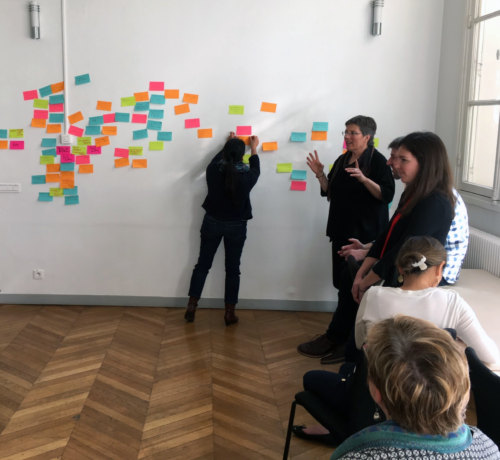
Integrate. The word “integrate” comes from a Latin word “integer” meaning “whole.” It is defined as “combining” one thing with another so that they become a single entity, and as bringing people or groups together into equal participation. Both of these meanings apply to the IAN approach. IAN staff regularly work with teams of scientists to synthesize results and look for cross disciplinary connections. In every setting, they are constantly looking for ways to develop comparisons, combine disparate data sets and develop robust generalizations. Examples include:
- creation of environmental report cards that integrate various data sets into common metrics
- synthesis workshops at locations like the National Center for Ecological Analysis and Synthesis (NCEAS) and the National Social-Environmental Synthesis Center (SESYNC) that result in peer review publications
- topical workshops to produce newsletters (e.g., ecodrought series with the US Geological Survey)
- integrated assessments (e.g., natural resources condition assessment with the National Park Service)
- booklets (e.g., science to action series with Conservation International)
- development of environmental literacy principles, summarized as blog posts on the IAN website (e.g., Chesapeake Bay literacy, Great Barrier Reef literacy)

IAN has published several books, including regional syntheses (Shifting Sands: Environmental and cultural change in Maryland’s Coastal Bays), topical syntheses (Enclosed experimental ecosystems and scale: Tools for Understanding and Managing Coastal Ecosystems), and practical philosophy (Dancing with Dugongs: Having Fun and Developing a Practical Philosophy for Environmental Teaching and Research). IAN also published a book expressly about how to communicate science (Communicating Science Effectively: A Practical Handbook for Integrating Visual Elements) and a book on how to integrate scientific results (Integrating and Applying Science: A Handbook for Effective Coastal Ecosystem Assessment).
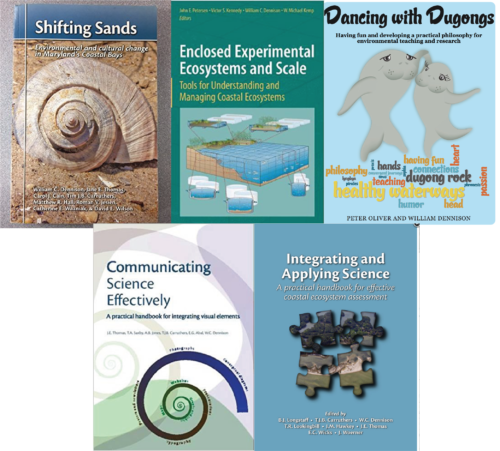
Apply. The word “apply” comes from combining two Latin words, “ad,” meaning “to,” and “plicare,” meaning “to fold.” One of the definitions of “apply” is to be “relevant,” or “applicable,” and another definition is “to give one’s full attention to a task.” Both of these definitions are consistent with the IAN mission and approach. IAN addresses the relevancy issue primarily through its funding model, which is almost entirely through grants and contracts obtained from inquiries and referrals by organizations that have a real need for IAN services. These organizations are mostly government agencies and non-governmental organizations (NGOs) with an expressly applied mission. IAN also aims many of its publications toward policy makers and resource managers rather than toward academic scientists.

Many IAN publications make specific recommendations of various actions to enhance the ecological outcomes. For example, the IAN-produced report cards target the decision makers in a specific region with supporting material such as technical documents and website data layers aimed at the technical and scientific staff. IAN staff regularly actively participate in meetings with policy makers such as Science and Technical Advisory Committees, Bay Cabinet and legislative hearings.
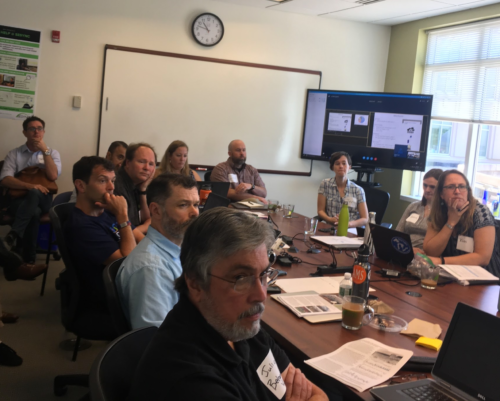
IAN also demonstrates the second definition of “apply” through immersive workshops, field trips and co-production of products. We often initiate projects with little prior knowledge, but through a series of pre-workshop phone calls and readings, field trips on site and discussions with participants, IAN staff quickly learn the essential features of a region. This rapid learning curve is only possible by fully immersing ourselves during our application to the ecological problem.
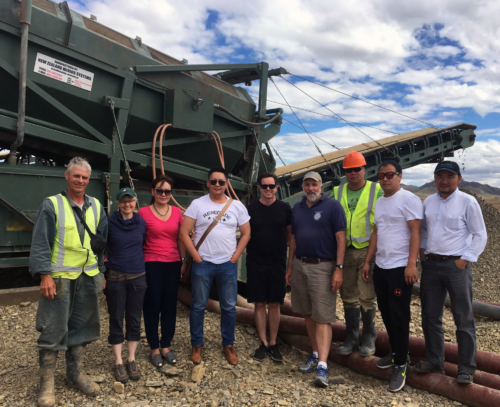
Network. The word “network” is both a noun and a verb. Formed from the two words “net” and “work,” this combined word has been used to denote a transmission network, like radio or television, in the mid-twentieth century. More recently the definition has expanded to include networks of people. This definition of “network” speaks to IAN’s ability to connect people and organizations. In fact, we are increasingly using network analyses to aid in stakeholder mapping. This is to insure that we gather that right people in an immersive setting to develop a consensus on the various science communication products that we co-design and co-produce with our partners.
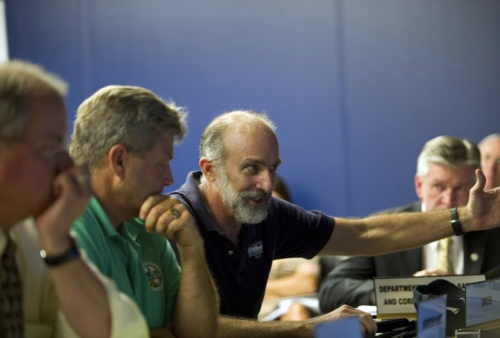
In many ways, IAN is a boundary organization that operates as a connector for transferring knowledge. When acting as a noun, IAN networks within the University of Maryland Center for Environmental Science, the University System of Maryland, the State of Maryland, the plethora of Chesapeake Bay organizations, the NGO community, various U.S. federal agencies, and various international organizations as well. However, it is IAN's ability to act as an active verb through facilitating interactions between individuals in immersive workshops through group activities, co-production of products and shared experiences, that distinguishes it from other academic entities.
It is the combination of the verbs “integrate,” “apply” and “network” that results in IAN being able to bring people together to co-design and co-produce relevant, targeted science communication products. Converting from nouns to verbs captures the vitality and dynamism of the IAN team. While our full name will remain Integration and Application Network, I will now think of IAN's call to arms as the following: Integrate! Apply! Network!
About the author
Bill Dennison

Dr. Bill Dennison is a Professor of Marine Science and Vice President for Science Application at the University of Maryland Center for Environmental Science.

